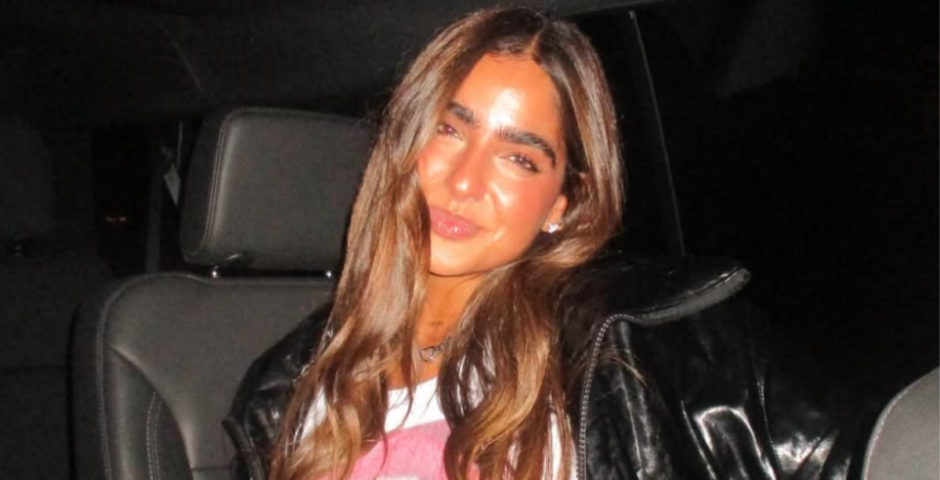
Finally, someone has created an tube map with how stations are actually pronounced
Don’t lie – you’ve definitely dared an international student to say ‘Leicester Square’ before
London Underground is an iconic signature of the country with a long history. Created in 1931, the map has evolved throughout the time with new stations, new colours indicating tube lines, and expanding its system to more of London’s zones.
However, non-English speakers may struggle with the station’s name, with few words and place names pronounced phonetically.
Arcangelo Martiello, an Italian, has therefore created a phonetically accurate Tube map that helps all tourists to the city read and pronounce them accurately when asking for directions.

48-year-old Arcangelo came to London in 2015 for work to develop an interest in English language skills, yet he still found English complicated and discovered two of the major obstacles are pronunciations and spellings. While he discovered the phenomenon of the difficult pronunciation of the name of tube stations.
The story begins with an online course where Archangelo uses the International Phonetic Alphabet (IPA) to write the words down phonetically so that he can pronounce them properly. And he realised how difficult the pronunciation of tube stations were when he watched a video about the topic in June 2022.
Archangelo said: “Geographical names are always quite unpredictable. The London Underground is full of unpredictable pronunciations either because there are dropped consonants or because there are letters that are very unusual in pronunciation.
Take Greenwich as an example: “There aren’t any words that have two E’s and are pronounced in the same way. So I felt like if I make a map there will be plenty of examples.”
He pointed out that the dropping of constants and lots of unexpected vowel letters are the two main things that made him draw a phonetically accurate Tube map.
Most Read
In this case, he explained how the word “ham” is used in place names.
“When the word ‘HAM’ is at the beginning or is a separate word, it is produced ‘HAM’ with the H making a ‘HA’ sound, so like Hampstead or West Ham,” he explained.
“When ‘HAM’ is at the end of the word or merged into one single word, then the ‘H’ is dropped and then the ‘A’ is pronounced. So for example, Fulham, Balham, Tottenham. There are a few exemptions like Lewisham and Chesham where the pronunciations are ‘LEWIS-HAM’ and ‘CHESH-HAM’.”
Archangelo was then inspired and created his phonetic Tube map – or Chuûb map. Including station names such as Ländën Brij (London Bridge), Banxäîd (Bankside), and Oxfërd Sëërkës (Oxford Circus).
Due to the copyright issue of the London underground map, the Chuûb map was started as a hand-drawn draft, combining pieces of paper into a large one. It was then converted into a digital version for better visualisation, and was finally available online after 15 months of his hard work, along with the phonetic alphabet he used to create the spellings.
Archangelo’s Tube map has provided tourists with a friendly way to read and also for English language learners who can pronounce the stations’ names accurately and easier.
Related articles recommended by this author:
• A 95-year-old man has become the oldest person to graduate from Kingston University
• Which restroom is the best room: A definitive guide to UCL toilets
• We went to the brand new Wetherspoons next to UCL and here’s how it went

















